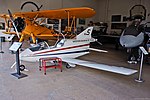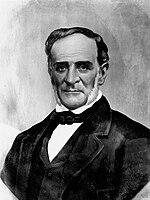Zamperini Field
1943 establishments in CaliforniaAirfields of the United States Army Air Forces in CaliforniaAirports established in 1943Airports in Los Angeles County, CaliforniaFlight Strips of the United States Army Air Forces ... and 2 more
History of Torrance, CaliforniaTransportation in Torrance, California

Zamperini Field (IATA: TOA, ICAO: KTOA, FAA LID: TOA) is a public airport three miles (5 km) southwest of downtown Torrance, in Los Angeles County, California, United States.The airport is classified by the FAA as a Regional Reliever and was once known as Torrance Municipal Airport; it was renamed for local sports and war hero Louis Zamperini on December 7, 1946, the fifth anniversary of the Pearl Harbor attack.
Excerpt from the Wikipedia article Zamperini Field (License: CC BY-SA 3.0, Authors, Images).Zamperini Field
Airport Drive, Torrance
Geographical coordinates (GPS) Address External links Nearby Places Show on map
Geographical coordinates (GPS)
| Latitude | Longitude |
|---|---|
| N 33.803333333333 ° | E -118.33972222222 ° |
Address
Zamperini Field
Airport Drive 3301
90505 Torrance
California, United States
Open on Google Maps








